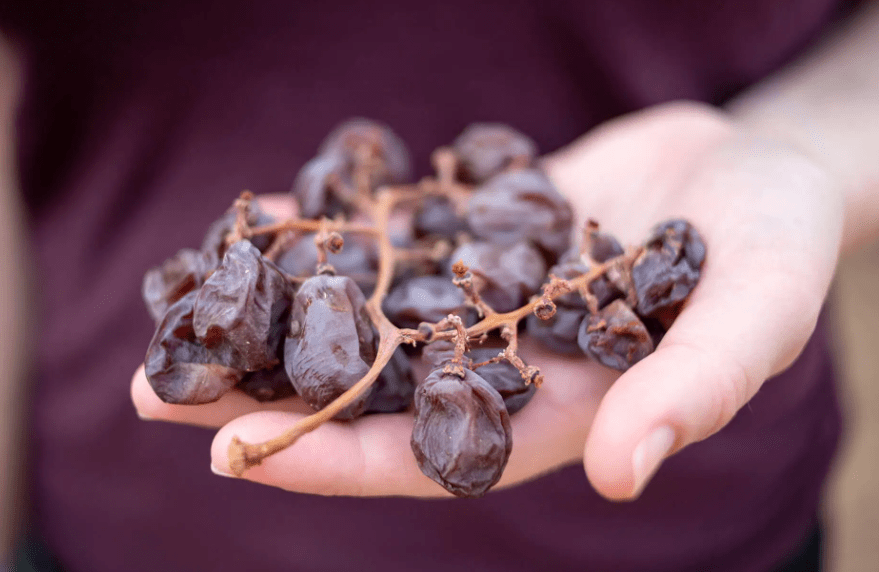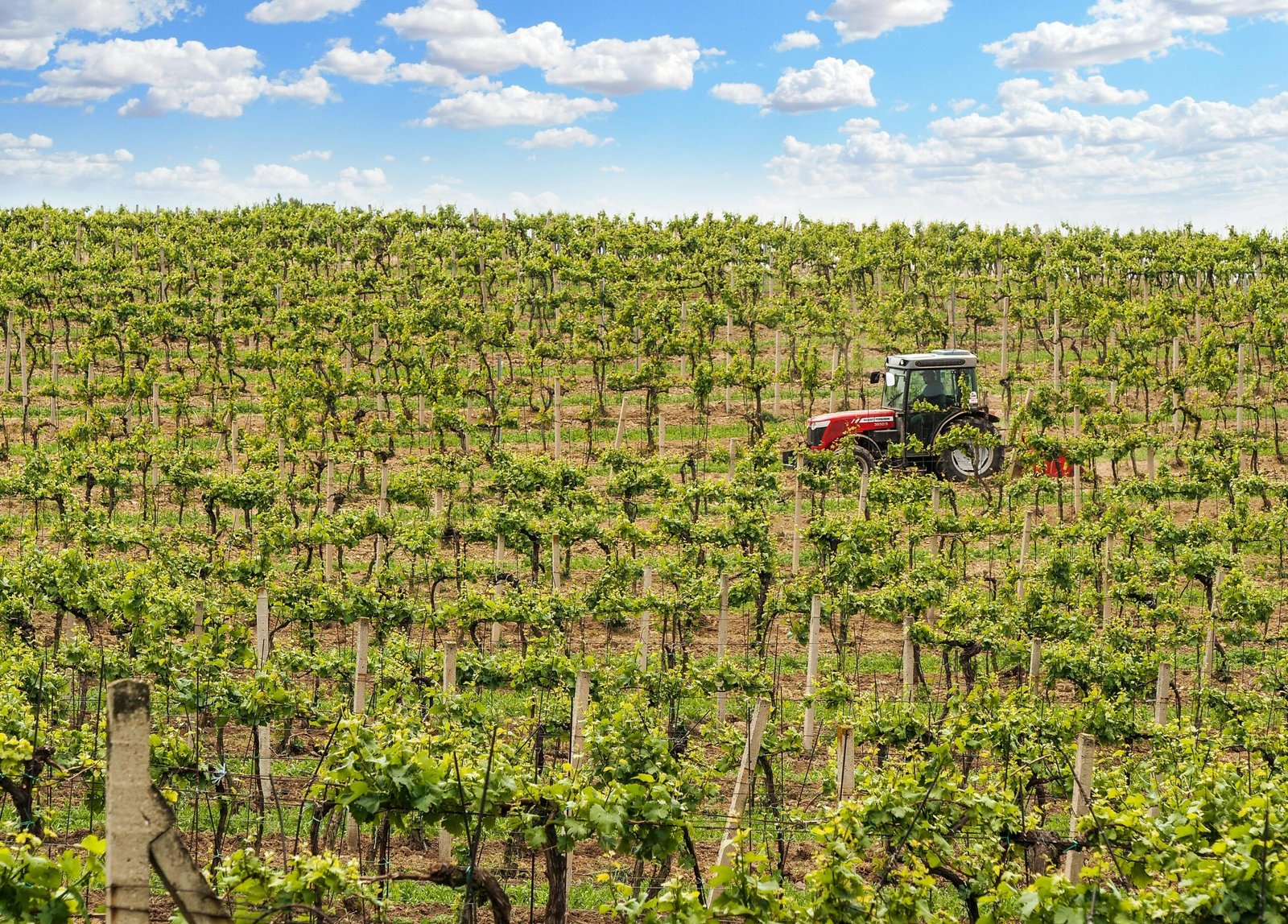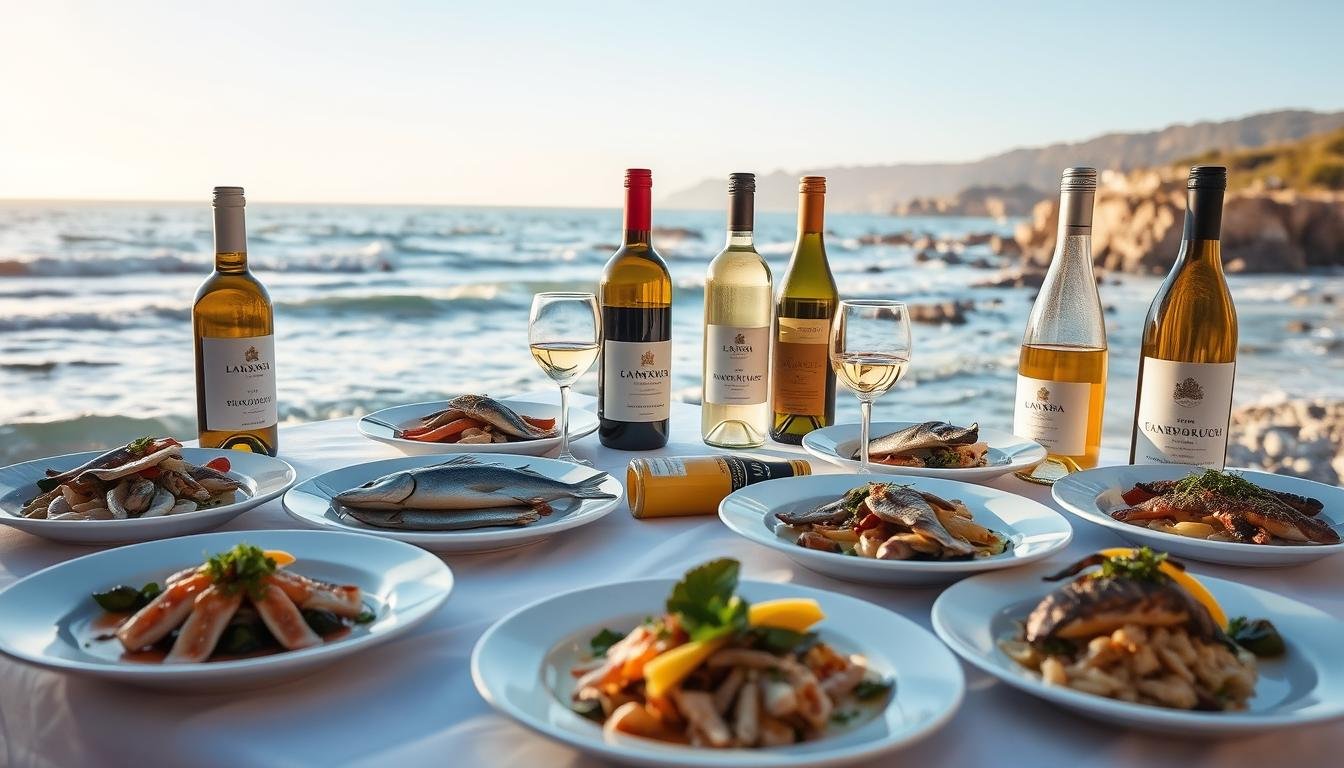Sicily, the largest island in the Mediterranean Sea, was a crossroads for ancient civilizations. Today, it has one of Europe’s most thriving wine industries. Despite being part of Italy, Sicily’s landscapes are reminiscent of a small country in their diversity. Learn about the history, vineyards, and regions of this beautiful island.
Sicily’s Wine History
The Greeks, Phoenicians, Arabs, and Italians all had control over Sicily. Though the Greeks introduced improved winemaking techniques, Sicilians have been producing wine since 4000 BC. Its dry, warm climate allows for regular sunshine and moderate rainfall, making it ideal for wine production. Arid conditions lessen the likelihood of rot and mildew, particularly in places with coastal breezes. This makes Sicily an ideal contender for organic farming. Aside from wine, the agricultural economy is driven by olives, citrus, and grains.
In the past, however, farmers chose higher yields, transforming Sicily into a bulk wine center. They supplied to mainland Europe to strengthen weak wines, as well as to China and India, where concentrated Sicilian must was imported to sweeten food.
Marsala and other heritage locations helped to popularize Sicilian wine. Wine traditions continue to thrive in all of the island’s districts, from Vittoria to Mount Etna. A renaissance of interest in the 1980s resulted in advancements in viticulture and winemaking. Today, Sicily produces some of the most intriguing labels in Italy.
Marsala and other heritage locations helped to popularize Sicilian wine. Wine traditions continue to thrive in all of the island’s districts, from Vittoria to Mount Etna. A renaissance of interest in the 1980s resulted in advancements in viticulture and winemaking. Today, Sicily produces some of the most intriguing labels in Italy.
The Predominant Grapes
Sicily, like other Italian wine areas, has always adhered fiercely to its ancient grapes. While international varietals play an important role, critics, sommeliers, and exporters dream about indigenous wines at night.
There are three main red grape varieties: Nero d’Avola, Frappato, and Nerello Mascalese.
Nero d’Avola is the most frequently grown and appreciated red grape. If you locate Sicilian wine in your grocery, it is most certainly Nero d’Avola. It produces wines with rich color and taste, moderate structure, juicy acidity, and soft-to-medium tannins. Common flavors include dark, brambly fruit and spice. Stylistically, the wines range from young and easygoing to somber and introspective, with the latter requiring time in the bottle to fully appreciate. Nero d’Avola is the principal grape of the Cerasuolo di Vittoria Denominazione di Origine Controllata e Garantita (DOCG), a southern appellation that also includes Frappato.
While frappato is normally mixed, it can also be bottled on its own. The grape, formerly largely unknown to American wine enthusiasts, has acquired popularity among sommeliers who wax poetic about its fascinating flowery scent. These tend to be easy-drinking wines with soft tannins, however there are some excellent specimens.
Nerello Mascalese may be second in volume and value to Nero d’Avola, but this beautiful red has cultivated a devoted following over the previous two decades. The grape flourishes in the volcanic soils of Mount Etna and is sometimes mixed with Nerello Cappuccio, a rustic, spicy grape.
Catarratto is Sicily’s most widely cultivated white wine grape. Catarratto produces great soft, dry wines, but it is frequently regarded as a volume variety, with much of it being shipped to the mainland or exported as concentrated must.
In addition to Catarratto, Grillo and Inzolia are used in the foundation mix of Marsala, which accounts for a significant portion of the island’s white wine output. Grillo is a medium-bodied dry white with a white peach taste. It produces delightful, simple wines around the island.
On Mount Etna, Carricante is the principal variety that produces the white wines known as Etna Bianco. It’s dry and medium-bodied, with a sharp acidity.
Internationally, the most successful grapes are Chardonnay, Syrah, and Cabernet Sauvignon.

Sicily’s Key Wine Regions
Sicily contains 23 Denominazioni di Origine (DOC) and one DOCG, which are roughly grouped into four geographical divisions. However, core grapes are found in all places, including the regional Terre Siciliane Indicazione Geografica Tipica (IGT) and the catch-all Sicilia DOC classifications. Here are the three most important regions to know.
Sicilia DOC
Sicilia DOC is a vast island-wide appellation. It was founded in 2011 by a group of winemakers who wanted to elevate the Sicilia IGT to DOC status. The appellation’s hundreds of wineries agreed to collaborate to promote Sicily’s native grapes, including Grillo, Nero d’Avola, Frappato, and Catarratto, as well as the lesser-known Inzolia, Grecanico, and Perricone. International varietals, such as Chardonnay and Cabernet Sauvignon, are authorized.
Because wines in this denomination can be manufactured anywhere around the island, the DOC is mostly a marketing tool for promoting Sicily abroad and familiarizing customers with the range of wines. To achieve the label, viticulture and winemaking must follow quality control standards outlined in the DOC’s laws.

Etna DOC
“Mama Etna,” the snow-capped, smoking monster in the northeast, gained its moniker because of the plenty it supplies to surrounding people. A large portion of the farming revenue in this area comes from fluorescent-green pistachios, ruby-red strawberries, and wine. Mount Etna’s wines, more than any other region in Sicily, have received widespread recognition in recent years.
The climate of the region differs significantly from that of other areas. It is nearly alpine, with strong sunshine, although it receives twice as much rainfall as neighboring locations. The mountain’s distinctive wines were granted DOC status in 1968. Producers are now seeking DOCG designation, but have yet to acquire it.
Etna’s primary grapes are Nerello Mascalese for red and Carricante for white. The former has been likened to both Barolo (Nebbiolo) and red Burgundy (Pinot Noir) for its ability to transmit terroir based on where it is cultivated on the mountain.
At warmer, lower elevations, Nerello appears burly and tannic. As heights rise to 3,600 feet, acidity rises and temperatures fall, and wines become tight and ethereal. Soil variety also influences flavor, concentration, and texture. This is a wine for individuals who value uniqueness and vintage variance above consistency.
Nerello Cappuccio is used as a blending partner with Nerello Mascalese, but varietal bottlings highlight the grape’s intriguing spicy pepper note. Blends from the DOC must include at least 80% Nerello Mascalese and no more than 20% Nerello Cappuccio.
Carricante is a dry, mineral-laced white. It offers a reasonably priced and tasteful alternative to the mountain’s moodier, darker reds. Many producers develop textured wines in the cellar using a variety of procedures, including barrel-aging and lees stirring, in addition to the clean, brilliant wines produced using stainless steel.
Carricante may be mixed with other local white wines, such as Catarratto, although it is also bottled on its own. Examples frequently include lemon, anise, and honey aromas, as well as a salty swirl throughout.
Etna’s unusual grapes are only part of the story. Another piece is the stone terraces that follow old lava flows to create contrade, or crus. The system is likened to the fastidiously delineated vineyards of Burgundy, which are organized by landscape and whose soil composition creates nuances in the final wines.

Cerasuolo di Vittoria DOCG
Compared to Etna, Sicily’s southeast portion has lesser height and greater temperatures. This makes it great red wine land and the source of Sicily’s sole DOCG, Cerasuolo di Vittoria.
Cerasuolo di Vittoria is a red wine mix that was granted DOCG designation in 2005. Nero d’Avola must account for between 50% and 70% of the base, with Frappato filling the rest. The Nero d’Avola adds color, structure, and depth to the finished blend, while the Frappato provides aromatics and freshness. Wines are brimming with red fruit such as strawberry and cherry (cerasuolo meaning cherry), with traces of licorice and leather. Cerasuolo di Vittoria is a wine with elegance. Cellar-worthy versions typically have more Nero d’Avola.
There are two quality categories of Cerasuolo di Vittoria: regular, known as rosso, and classico. The former must be aged approximately eight months, while the latter, which must be made from grapes grown in the traditional zone, needs to be aged at least 18 months.
Marsala DOC
Marsala, located in Sicily’s southwest corner, has struggled with quality issues for half a century, but this ancient port has reclaimed its place in the wine industry. The foundation grapes for its famed fortified wines have shifted away from Inzolia and Catarratto in favor of higher-quality, more typical Grillo. The secret to superb Marsala, which is made in a solera blending methodology similar to that used for Sherry, is time.
Not all Marsalas are excessively sweet, need prolonged age, or are prepared with white grapes. In reality, ten varietals are authorized, including the red grapes Nerello Mascalese and Nero d’Avola.
Marsala, like Sherry, has various age categories. The five options are fine (one year), superiore (two years), superiore riserva (four years), vergine/soleras (five years), and vergine/solera stravecchio (ten years).
The bottle also shows the color and amount of leftover sugar. Hues are classified as oro (gold), ambra (amber), and rubino (ruby), while sugar content is classified as secco (dry at 40g/L, or grams per liter), semisecco (semi-sweet at 40-100g/L), and dolce (sweet at more than 100g/L).
Marsala is a fantastic cooking wine because it adds nutty richness to sauces. But only use wines that you would enjoy drinking.









